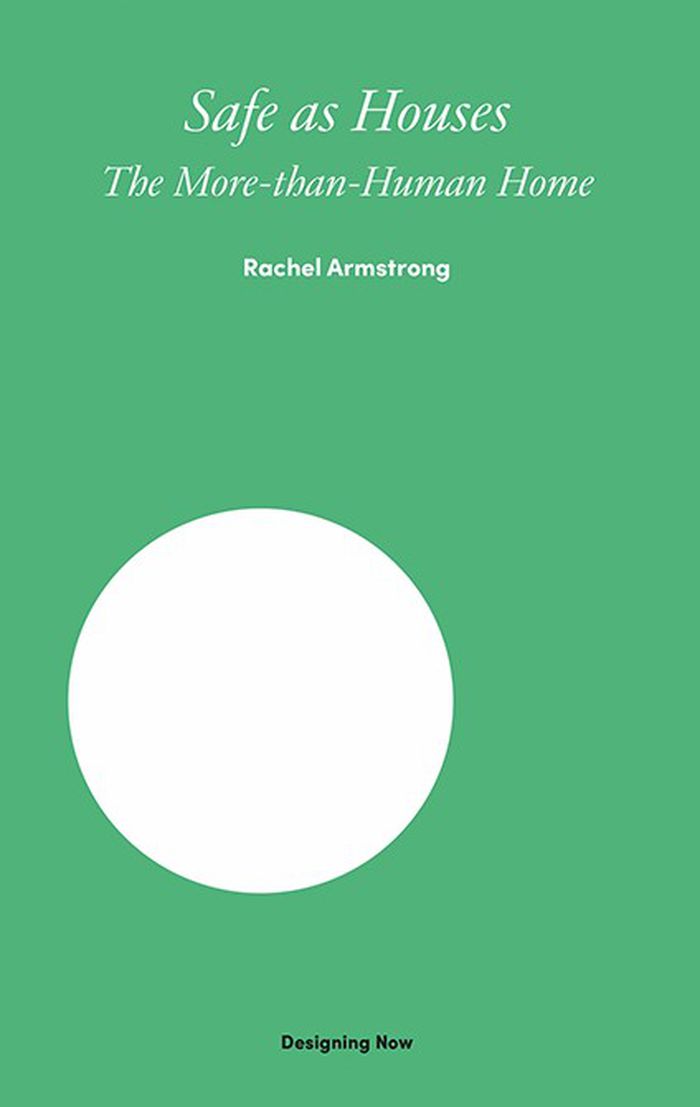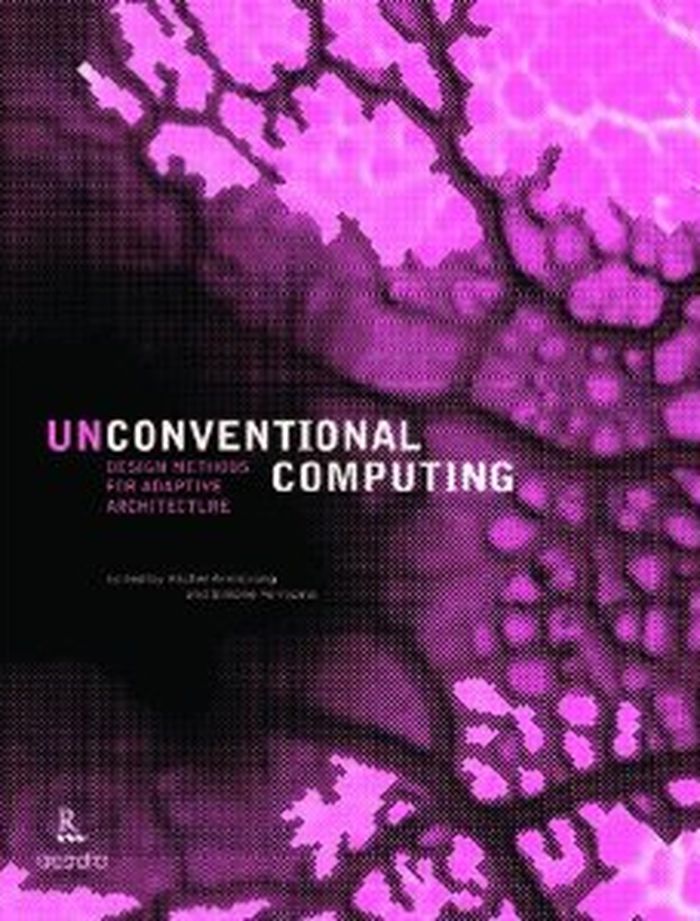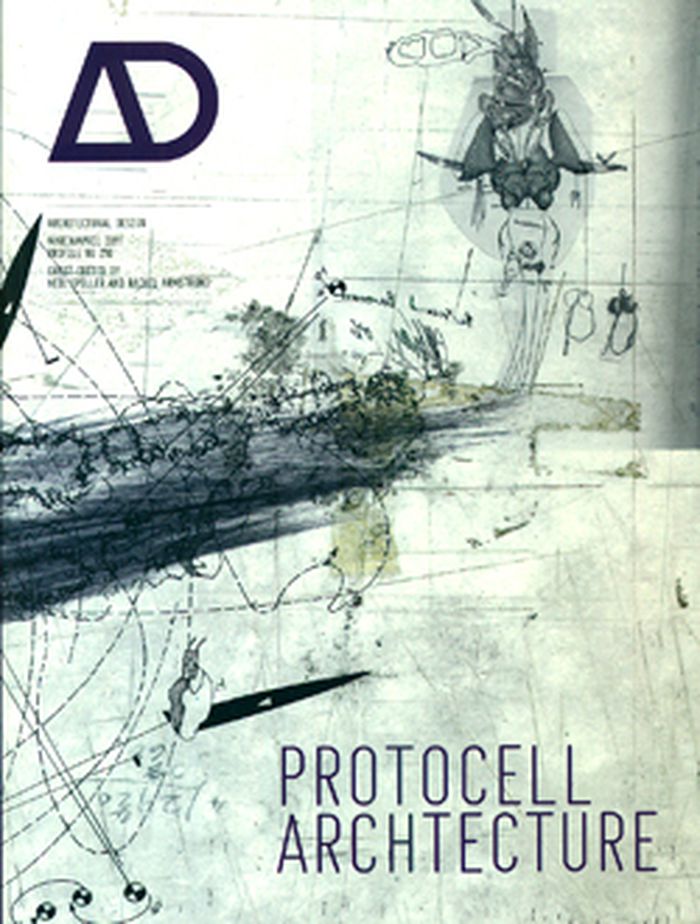$60.99
(disponible sur commande)
Résumé:
This book examines the notion of the home in the context of the pandemic and lockdown, as they relate to environmental concerns and how we live with viruses and bacteria. It argues that, in order to decrease our vulnerability to infective agents, we need to acknowledge the link between people, space, daily routines and microbes and explore how the predominantly benign(...)
Safe as houses: The more-than-human home
Actions:
Prix:
$60.99
(disponible sur commande)
Résumé:
This book examines the notion of the home in the context of the pandemic and lockdown, as they relate to environmental concerns and how we live with viruses and bacteria. It argues that, in order to decrease our vulnerability to infective agents, we need to acknowledge the link between people, space, daily routines and microbes and explore how the predominantly benign microbial world might be harnessed to combat and boost our immunity to future pathogens. Suggesting more than environmental home improvements, it explores new innovations and new materials which incorporate microbes for more ecological designs, such as ceramic tiles, concrete bio-receptive surfaces, building skins, fabrics, waste management and alternative energy supplies.
Architecture contemporaine
$29.95
(disponible sur commande)
Résumé:
Unconventional Computing: Design Methods for Adaptive Architecture is an exploration of the emerging terrain of negotiated acts of co-design between humans, nonhumans and matter, where spatial programs are regarded as acts of persuasion, cooperation and symbiosis.
Unconventional computing : design methods for adaptive architecture
Actions:
Prix:
$29.95
(disponible sur commande)
Résumé:
Unconventional Computing: Design Methods for Adaptive Architecture is an exploration of the emerging terrain of negotiated acts of co-design between humans, nonhumans and matter, where spatial programs are regarded as acts of persuasion, cooperation and symbiosis.
Architecture numérique
AD: Protocell architecture
$48.00
(disponible en magasin)
Résumé:
Throughout the ages architects have attempted to capture the essence of living systems as design inspiration. However, practitioners of the built environment have had to deal with a fundamental split between the artificial urban landscape and nature owing to a technological 'gap' that means architects have been unable to make effective use of biological systems in urban(...)
AD: Protocell architecture
Actions:
Prix:
$48.00
(disponible en magasin)
Résumé:
Throughout the ages architects have attempted to capture the essence of living systems as design inspiration. However, practitioners of the built environment have had to deal with a fundamental split between the artificial urban landscape and nature owing to a technological 'gap' that means architects have been unable to make effective use of biological systems in urban environments. This edition of AD that shows for the first time that contemporary architects can create and construct architectures that are bottom up, synthetically biological, green and have no recourse to shallow bio-mimicry. In the next few decades, synthetic biology is set to have as much, if not more, impact on architecture as cyberspace and the digital. The key to these amazing architectural innovations is the Protocell. Contributors include: Rachel Armstrong; Martin Hanczyc; Lee Cronin; Mark Morris Architects include: Neil Spiller; Nic Clear; IwamotoScott; Paul Preissner; Omar Khan;Dan Slavinsky; Philip Beesley; Neri Oxman
Revues
$57.95
(disponible sur commande)
Résumé:
Rachel Armstrong explores how interdisciplinary, design-led research practices are beginning to redefine the possibilities of architecture as a profession. Drawing on experts from disciplines as varied as information technology, mathematics, poetry, graphic design, scenography, bacteriology, marine applied science and robotics, Professor Armstrong delineates original,(...)
Experimental architecture: designing the unknown
Actions:
Prix:
$57.95
(disponible sur commande)
Résumé:
Rachel Armstrong explores how interdisciplinary, design-led research practices are beginning to redefine the possibilities of architecture as a profession. Drawing on experts from disciplines as varied as information technology, mathematics, poetry, graphic design, scenography, bacteriology, marine applied science and robotics, Professor Armstrong delineates original, cutting-edge architectural experiments through essays, quotes, poetry, equations and stories.
Théorie de l’architecture



